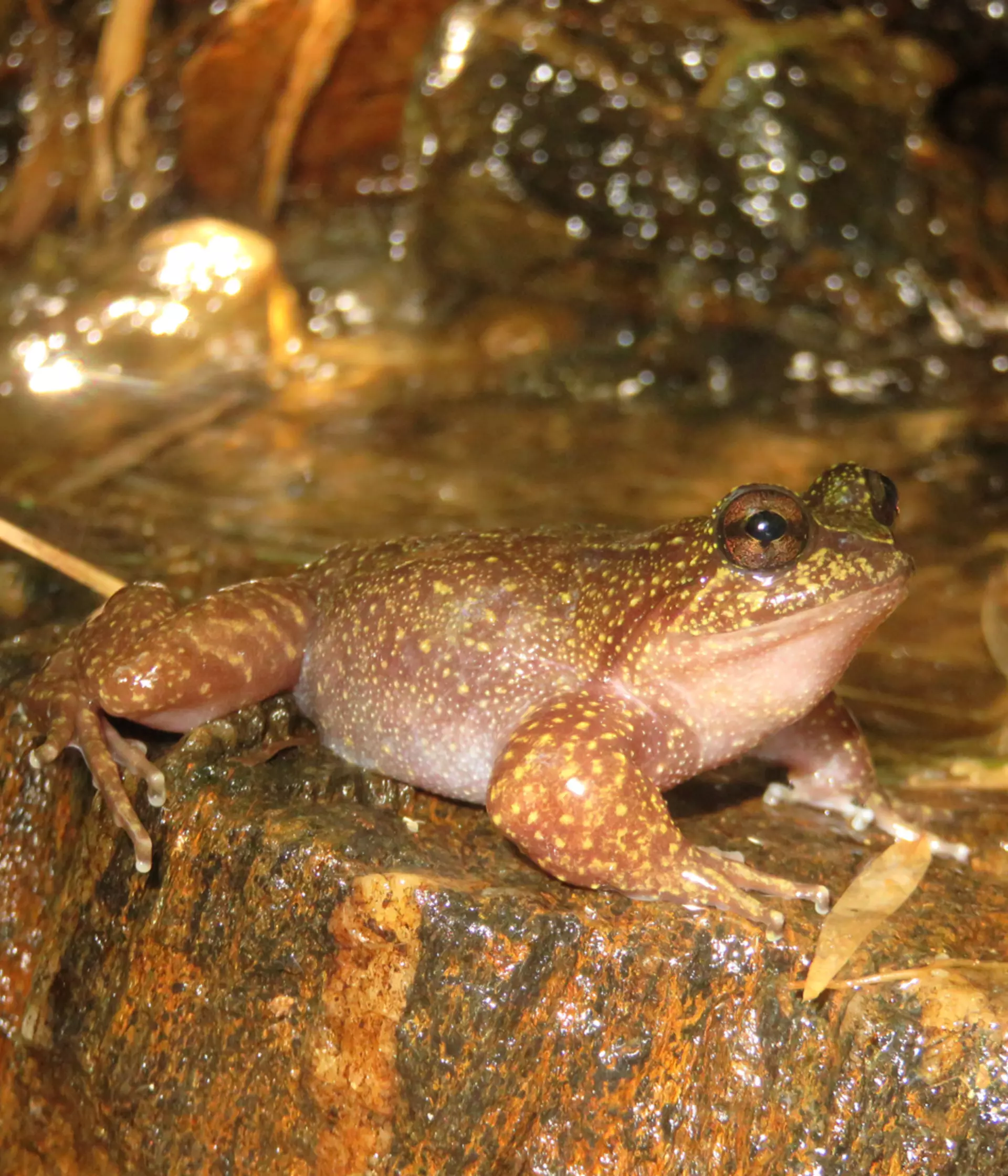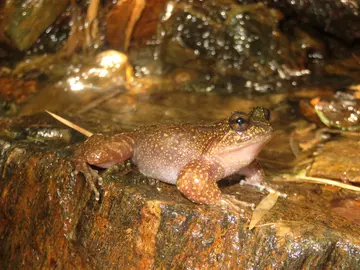
Andrés Valenzuela Sánchez
Being a frog conservationist
There was a time when living fossil frogs ruled Earth.
Imagine you are in a cabin in the middle of the forest. Abruptly, a piercing whistle and blinding flashes jolt you. Dizzy and disoriented, you look up at your smartwatch, which somehow shows that you have just jumped sixty-six million years back in time. You look out the window and planet Earth looks very different to what you are accustomed to. The landscape is dominated by towering trees and ferns, and dinosaurs you only remember from the blockbuster hit Jurassic Park rule the land. Yet smaller creatures are also emerging out there in the middle of the wilderness. In that prehistoric land, a family of neotropical frogs called Rhinodermatidae is being born.
Lucky for you, your days as a time traveller were meant to be short. As suddenly as it occurred the first time, you jump back to the future just in time before a giant meteorite hits Earth. We all know what happened to dinosaurs after that catastrophic event. You look again out the window in your 21st century cabin and non-avian dinosaurs are gone, forever. Amazingly, if your cabin happens to be located in the middle of the temperate rainforest of southern South America, chances are Rhinodermatidae frogs from that prehistoric land are still out there. In fact, I was lucky enough to see a bunch of them in a field trip to southern Chile last month. Sounds like pretty good news, doesn’t it? Well, hold on a moment. It is a little bit more complicated than that. Let me tell you the whole story.

Barrio's frog
The first time I heard a Barrio’s frog calling, I couldn’t believe my ears. My mind still insists, “That metallic noise has to be a dinosaur roaring”. While I have never heard a real non-avian dinosaur, and likely never will, there is something about that frog that feels distinctly prehistoric to me. It is an exceptionally unique species that inhabits pristine streams within the native forests in the coastal range of Valdivia, a city founded in 1552 and placed within the heart of the Chilean Winter Rainfall-Valdivian Forests biodiversity hotspot. The Barrio’s frog is exclusively found within a narrow strip of land, spanning 90 km in length, with an area equivalent to that of England's ceremonial county of Bedfordshire. This species is known from only eight localities, one of which was recently discovered by our team as described in an article published this week in the scientific journal, Oryx. Experts consider it as one of the most evolutionarily distinct living amphibians, yet also one of the most threatened.
The Barrio’s frog, along with the northern and southern Darwin’s frogs (Rhinoderma rufum and R. darwinii), are the only known living members of the Rhinodermatidae. These two additional species also face severe threats to their survival. The northern Darwin’s frog, last observed in 1981, is now categorized as Critically Endangered, possibly extinct. Meanwhile, the southern Darwin’s frog, once abundant in the Valdivian forests, now survives in only a few isolated populations, severely impacted by habitat loss and degradation, and by a pandemic currently affecting amphibians known as chytridiomycosis. These Rhinodermatidae frogs, which once shared the planet with dinosaurs, now face their greatest challenge yet, walking on a tightrope of survival where one misstep could lead to their extinction. But they are not ready to give up, and neither are we.
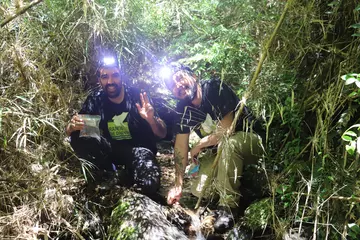
Pioneering frog conservation
In Chilean Patagonia, an inspiring conservation story is unfolding, with private landowners voluntarily signing up to a pioneering land conservation programme aimed at protecting critical habitat for threatened amphibians. Led by local partner NGO Ranita de Darwin and ZSL, and supported by multiple organisations including Universidad Andrés Bello, Zoo Leipzig and the Weeden Foundation, this programme safeguards more than 50,000 acres of land, which provide habitats for irreplaceable and imperilled amphibian species, including the Barrio’s frog, southern Darwin’s frog, and olive spiny-chest frog. Protecting these ecosystems ensures that landowners and surrounding local communities receive essential ecosystem services, such as clean water, sustainable timber and non-wood forest products, as well as opportunities for recreation and spiritual fulfilment. Motivated by their conservation values, landowners have agreed to manage their land following frog-friendly practices.
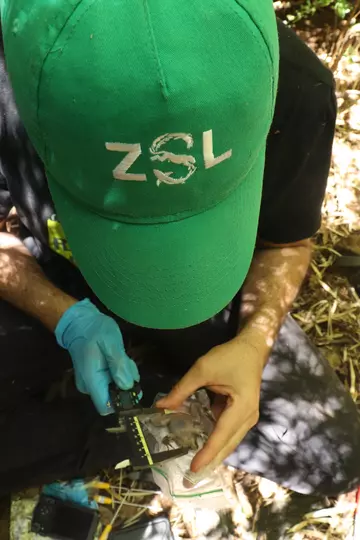
Although anecdotal, the testimony of one of these landowners shows that positive change is not just possible, it is already underway. At the beginning of the second half of the 20th century, he and his family migrated to a rural area near Valdivia, where they now own a modest piece of land covered by grasslands and native forest. With great sorrow, he remembers how he and his dad would have chopped down hundreds, or even thousands, of century-old trees. Throughout his lifetime, he witnessed the transformation of the surrounding landscape, once covered by majestic old-growth native forests, into a monotonous field of fast-growing exotic trees. Every 20 or 30 years, these trees are brought down, and saplings are replanted to sustain the forestry industry. Now he is committed to protecting the native forests and the biodiversity these ecosystems harbour. He feels responsible for his past actions, and his conservation legacy has found a successor in his son. Together, they run a small business producing sustainable agricultural products.
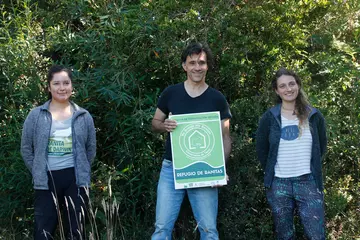
Frog scientific research
Our article published in Oryx showcases a story of collaboration and co-production of knowledge. The authors of this work include the landowner himself. Additionally, the article is also co-written by a few members of a local conservation organisation that were crucial for the discovery of the Barrio’s frog population in the Refugio de Ranitas Aldea del Viento. This is the official name given to the area after the landowner joined our frog-friendly land conservation programme in 2020.
Just when I’m struggling to find a memorable sentence to conclude this blog post, I receive a couple of notifications on my phone. Curious, I check them out, only to find a thread of WhatsApp messages from my colleague Bastián Santana from Chile. As I read through the messages, I'm delighted to discover that they include a bunch of awesome shots of Barrio’s frogs.
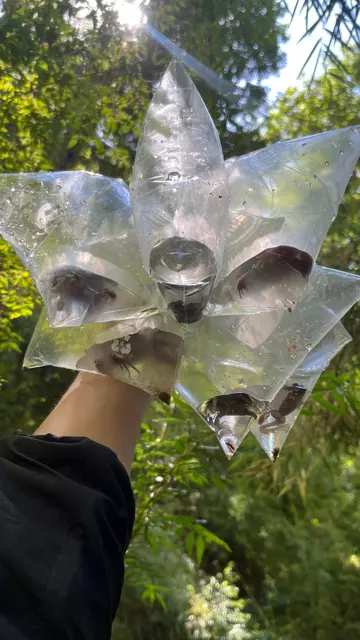
As promised in the Oryx article, we are starting a long-term monitoring study of the newly discovered Barrio’s frog population. We envision this will not only contribute new knowledge about the demography and spatial ecology of this highly understudied species, but, most importantly, will help to inform species-specific conservation actions within this private protected area. My colleague reported that the first four days of capture-recapture across a 300-m stream transect were a complete success. They not only found around 20 frogs of various sizes every day, but also heard them calling vigorously with their distinctive dinosaur-like roars.
